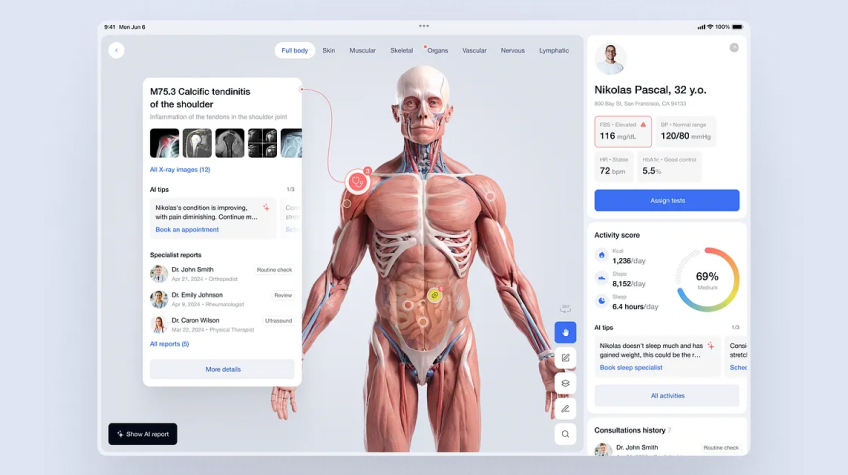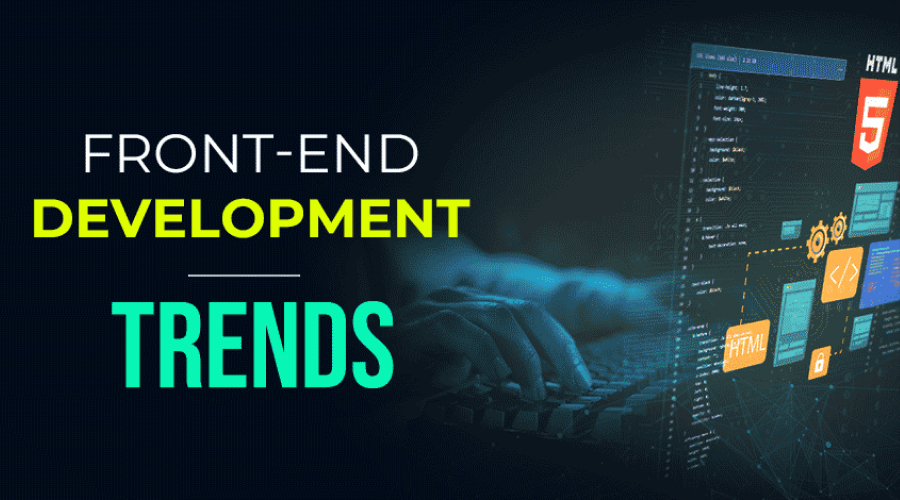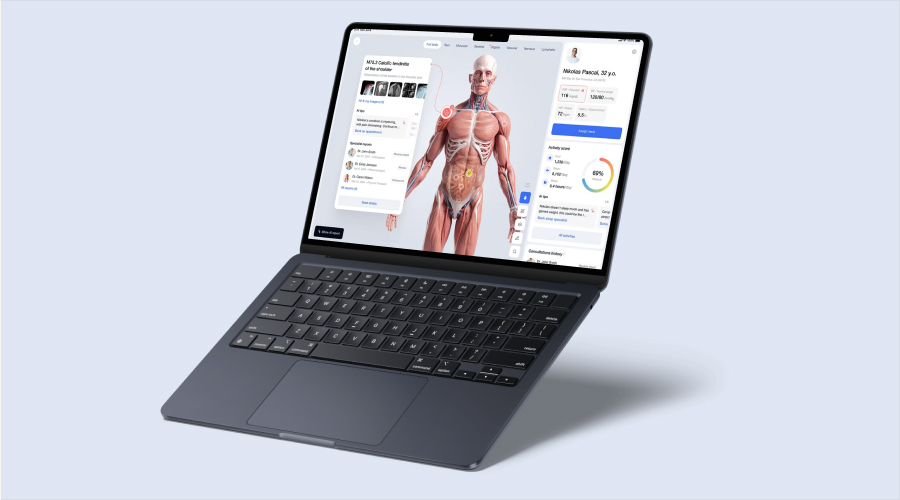
The frontend development Trends are evolving faster than ever. New tools, frameworks, and user expectations continue to reshape how web applications are built. Staying ahead means understanding the emerging trends that will define success in the coming years. To build future-proof interfaces, many businesses turn to frontend development experts who specialize in crafting seamless, modern experiences.
Why Following Frontend development Trends Matters
User Expectations Keep Rising
Today’s users expect instant, smooth, and personalized experiences. Falling behind on frontend innovations risks frustrating users and losing them to competitors.
Apps like Spotify and Airbnb consistently raise the bar by adopting cutting-edge frontend techniques, from real-time updates to ultra-fast load speeds.
Competitive Advantage
Early adopters of new technologies often capture market share more easily. Staying current with frontend trends allows brands to deliver superior UX and stand out.
Whether it’s using micro-interactions or advanced performance optimizations, innovative interfaces drive user engagement
Top Frontend Development Trends for 2025

1. The Rise of Micro-Frontends
Micro-frontend architecture breaks large applications into smaller, independent pieces developed by different teams. This approach improves scalability and speeds up development.
For example, an e-commerce development platform could manage the product listing, checkout, and user profile sections as separate micro-frontends, updating them independently
2. Server Components and SSR 2.0
Server-side rendering (SSR) is evolving. Technologies like React Server Components allow parts of the UI to be rendered on the server, reducing the amount of JavaScript sent to the client.
This leads to faster load times and better SEO, crucial factors for modern web development.
3. AI-Powered Personalization
AI is becoming a core part of frontend experiences. From content recommendations to adaptive interfaces, AI tailors user journeys in real-time.
Netflix’s dynamic content previews and Amazon’s personalized homepages are early examples of AI-driven UX that will become standard.
4. Motion UI and Micro-Interactions
Subtle animations guide users, provide feedback, and make interfaces feel alive. Motion UI enhances storytelling and makes transitions smoother.
For instance, a loading spinner that morphs into a success checkmark visually confirms a completed action without needing text explanations
Technology Shifts in Frontend Development Trends
Framework Wars: React, Vue, Svelte
React remains dominant, but frameworks like Vue and Svelte are gaining traction thanks to their simplicity and performance benefits.
Each framework brings different strengths, and choosing the right one depends on project needs and team expertise.
WebAssembly (Wasm) Expansion
WebAssembly is pushing the boundaries of what’s possible on the web. It allows running high-performance code (e.g., C++, Rust) directly in browsers, unlocking complex features like video editing or 3D modeling online.
Figma’s powerful design editor is a prime example of leveraging WebAssembly for near-native performance in the browser
Low-Code and No-Code Integrations
Low-code solutions are becoming more common even in professional frontend development. They speed up prototyping and allow non-developers to contribute meaningfully.
Tools like Webflow and Bubble empower teams to build and iterate faster without sacrificing quality.
UX and Performance Trends to Watch
Core Web Vitals Optimization
Google’s Core Web Vitals are increasingly critical for both UX and SEO. Metrics like Largest Contentful Paint (LCP) and Cumulative Layout Shift (CLS) will continue to drive frontend priorities.
A fast, stable interface directly influences search rankings and user retention.
Also read: What are the Key Differences Between INP vs FID: Google Core Web Vital Metrics
Mobile-First, but Beyond Mobile
While mobile-first design remains vital, new device categories like foldable phones, wearables, and even car displays demand adaptable, responsive experiences.
Designing interfaces that gracefully adapt across these form factors will be a new frontier.
Dark Mode and Theme Customization
Offering users a choice between dark and light modes, or custom themes, enhances UX and accessibility.
Apps like Slack and Twitter saw significant user satisfaction improvements by simply adding dark mode options.
Best Practices for Future-Proof Frontend Development

Focus on Progressive Enhancement
Start with a core functional experience and add enhancements that improve UX without making the app fragile.
For example, a form should work without JavaScript, but offer live validation and auto-fill features when JS is available.
Prioritize Accessibility from the Start
Accessibility isn’t just compliance — it’s essential to reaching a broader audience. Building accessible apps from day one is far easier than retrofitting later.
Adding ARIA labels, keyboard navigation, and screen reader support ensures your app is usable by everyone.
Partner with Full-Stack Teams

Frontend excellence isn’t isolated — it depends on backend, APIs, and infrastructure too. Collaborating with experienced web development agency ensures your entire stack supports fast, scalable, user-friendly interfaces.
Conclusion
Frontend development in 2025 will demand more than just good design — it will require deep technical agility, UX mastery, and a willingness to innovate. By embracing trends like micro-frontends, AI personalization, and Core Web Vitals optimization, businesses can build resilient, high-performing web experiences that delight users and outperform the competition.






